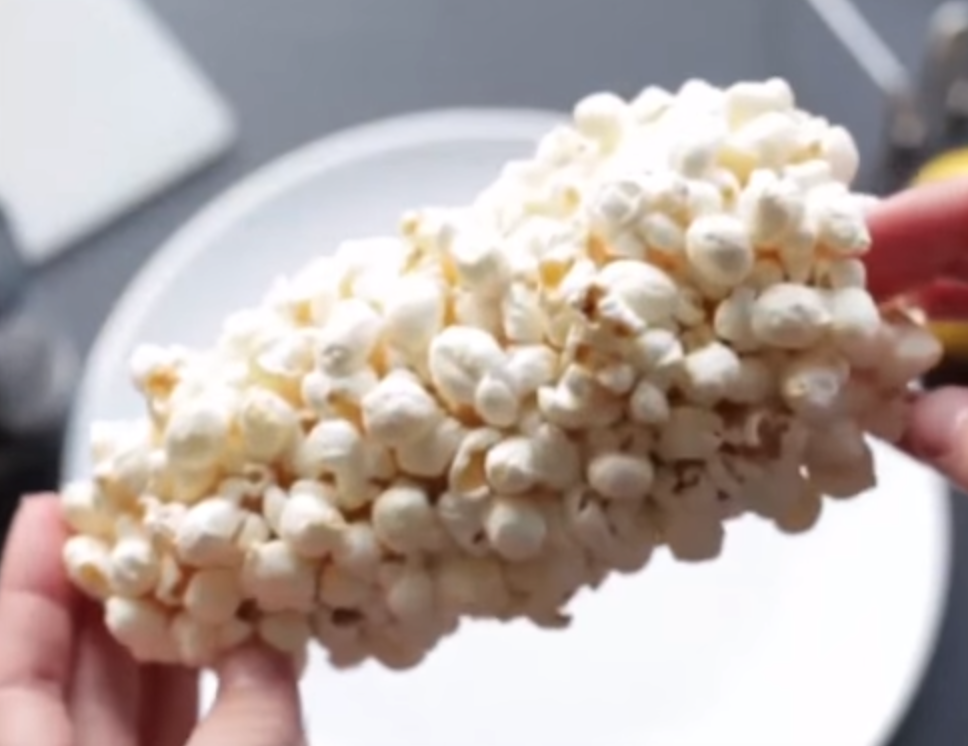Popcorn, Popcorners, corn thins, corn chips or BBQ roasted corn kernels (corn nuts) ?? Which is your go-to when only a crisp and salty snack will do?
Corn-based munchables have become increasingly popular as gluten free and sugar free snacks.
Air-popped popcorn is you best choice – low in fat and sodium (salt) and high in fibre – 100 g packet of popcorn would give an adult around half their daily fibre requirement.
As for microwave popcorn, you might as well be eating corn chips – both are high in fat and salt.
After air-popped popcorn, Corn thins are your next best bet, with similar health benefits although containing less fibre and significantly more salt. You can supercharge these with delicious toppings such as avocado, sliced tomato and cheese.
Popcorners are not a bad choice, but are high in salt.
Corn nuts are also high in salt, but at least have a decent amount of fibre.
Of course, nothing can compare to fresh corn in terms of nutrition – it is by far the lowest in sodium and fat, and packed with nutrients!
The idea that corn is unhealthy may have come about because corn is quite high in starch compared to other vegetables, and thus has suffered from “carb-phobia”.
But this is energy packaged the way nature intended – with the added benefits of fibre and antioxidants, vitamins and minerals, and a delicious taste! If you’re looking for a yellow vegetable to add to your veggie rainbow, corn offers a lot of nutritional value. And remember, corn is still 75% water – so eat up!
Corn is a little special, as it is considered both a vegetable, and a grain (think popcorn, cornbread, polenta).
If you’ve ever noticed you don’t digest all your corn, that is a sign that it’s working to improve the health of your bowel – “insoluble” fibre has been shown to feed the “good” bacteria in our gut. Corn may also help lower blood pressure.
Corn is sweet and juicy, high in fibre, and good source of B vitamins (including folate) and E vitamins, and contains iron, magnesium and other essential minerals. This nutritional powerhouse is also loaded with lutein and zeaxanthin, two phytochemicals that promote healthy vision.
As with any vegetable, “fresh is best” for both taste and health benefits. Avoid corn with pale dry husks and check the ends for any sign of mould.
Best of all, corn is so quick and simple to cook! Place a whole ear in a microwave safe bowl with a little water, cover with a plate and cook on high for 2 minutes OR cut the kernels off and saute/stir fry for a couple of minutes.
Stuck for ideas? Read on ….
- Mmmm …. melted cheese or pesto smeared on a hot corn cob
- Add corn to salads, pasta or fried rice
- Saute with chopped spring onion and garlic and topped with a sprinkle of pine nuts
- Top corn kernels with chopped mint, feta, a drizzle of olive oil and chopped toasted nuts
- Add creamed corn and corn niblets to chicken soup
- Add sweetness to a stir fry
- Make some corn fritters for breakfast or lunch
- Season a cooked ear of corn with lime, salt and chilli OR cayenne pepper OR smokey BBQ spice rub
- Make corn salsa as a side dish or a topping for meat or fish.
http://www.jamieoliver.com/recipes/vegetables-recipes/corn-salsa/#w12uuA8uYU0Zihpi.97
Here is the recipe I used for failsafe stove popcorn – I use olive oil rather than coconut oil. Enjoy!
http://www.simplyrecipes.com/recipes/perfect_popcorn/



No comments yet.